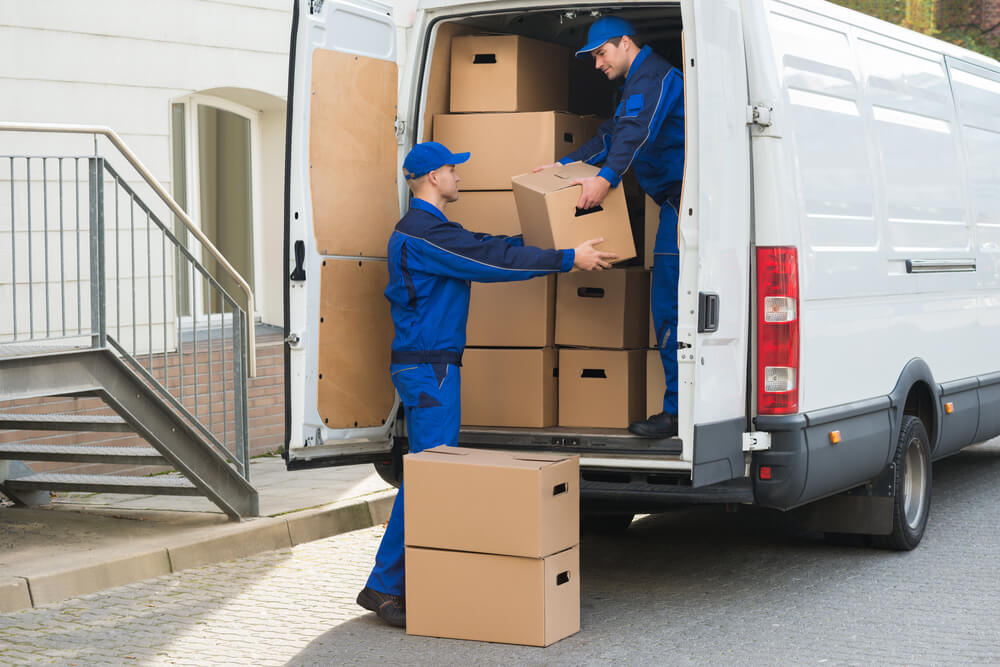Unlocking Sustainability: Innovative Methods of Reusing Shipping Containers with Giant Lockbox
Giant Lockbox, a leading player in the shipping container industry, is spearheading the movement towards sustainable practices through the creative reuse of shipping containers. With a wealth of experience in container customization and a strong commitment to environmental responsibility, Giant Lockbox offers a diverse range of solutions for reusing shipping containers in innovative ways. From affordable housing to commercial ventures and beyond, the possibilities for repurposing shipping containers are vast and varied. Let’s explore some of the ingenious methods of reusing shipping containers championed by Giant Lockbox.
Container Homes: One of the most popular methods of reusing shipping containers is the conversion into residential homes. Giant Lockbox specializes in transforming containers into comfortable and stylish living spaces, complete with all the necessary amenities. By repurposing shipping containers, individuals can create affordable and sustainable homes while reducing the environmental impact of traditional construction materials. Container homes are gaining popularity for their durability, versatility, and modern aesthetics.
Commercial Spaces: Shipping containers offer an excellent solution for creating unique and eye-catching commercial spaces. Giant Lockbox can customize containers into retail stores, cafes, offices, art galleries, and more, providing entrepreneurs with an affordable and customizable option for launching their businesses. Container-based businesses stand out for their innovative design and sustainable appeal, attracting customers with their distinctiveness and eco-friendly credentials.
Pop-Up Shops and Events: Pop-up shops and events have become increasingly popular in recent years, and shipping containers provide the perfect platform for creating temporary retail spaces and event venues. Giant Lockbox can customize containers with branding, signage, and display features, making them ideal for pop-up shops, markets, festivals, and exhibitions. Container-based pop-ups offer flexibility, mobility, and cost-effectiveness, allowing businesses to reach new audiences and test new markets with ease.
Construction Projects: Shipping containers are also being used in construction projects as modular building blocks for larger structures. Giant Lockbox can stack and arrange containers to create multi-story buildings, office complexes, hotels, and more. Container-based construction offers advantages such as speed, affordability, and sustainability, making it an attractive option for developers and builders. By repurposing shipping containers, construction projects can minimize waste, reduce construction time, and lower costs.
Emergency Shelters and Disaster Relief: In times of crisis or disaster, shipping containers can be repurposed into emergency shelters and disaster relief facilities. Giant Lockbox can customize containers with essential amenities such as bedding, sanitation facilities, and heating/cooling systems, providing temporary housing and refuge for displaced individuals and families. Container-based shelters are quick to deploy and durable, making them invaluable assets in emergency situations.
Art Installations and Cultural Spaces: Shipping containers are also being used in art installations and cultural spaces as innovative venues for creativity and expression. Giant Lockbox can customize containers into galleries, performance spaces, and interactive installations, providing artists and cultural organizations with a unique platform for showcasing their work. Container-based cultural spaces contribute to the revitalization of urban areas and foster community engagement and artistic collaboration.
The reuse of shipping containers offers a sustainable and innovative solution for a wide range of applications. With Giant Lockbox’s expertise in container customization and dedication to environmental responsibility, individuals and businesses can unlock the potential of shipping containers in creating affordable, versatile, and eco-friendly spaces. From residential homes and commercial ventures to emergency shelters and cultural spaces, the possibilities for repurposing shipping containers are limited only by imagination. Join Giant Lockbox in embracing sustainability and creativity through the reuse of shipping containers.

